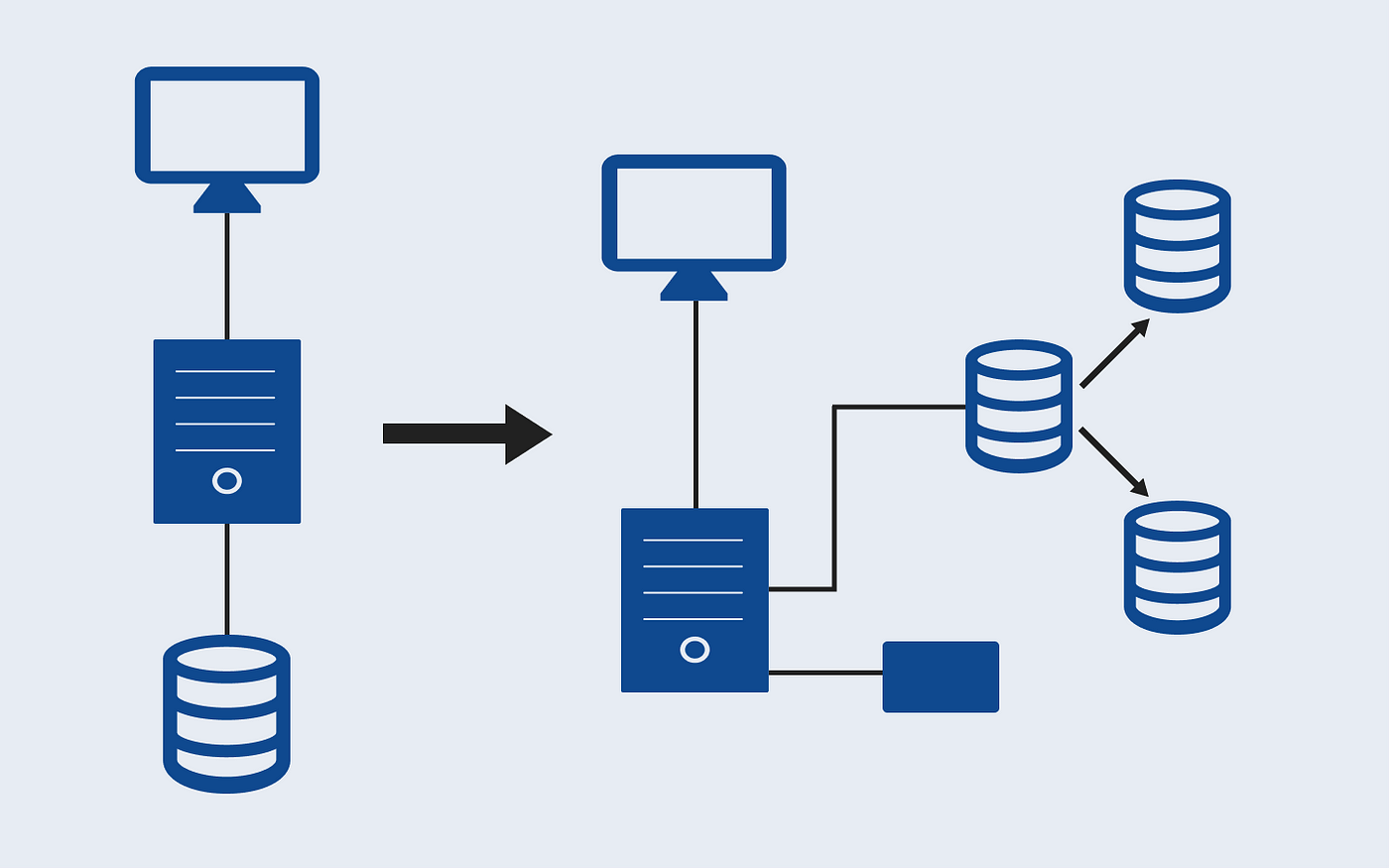Whether it is converting Microsoft Access to a web-based DB or integrating an existing one with custom software, there are many challenges a DB administrator has to face. One of them is maintaining and optimizing the DB performance throughout. Data is collected from almost all applications and directly stored in the databases. These can be further hosted on the on-site server or the cloud as per the business’s requirements. But regardless of anything else, DB performance falters often and can cause significant problems within the organization.
For instance, DB issues can prevent you from extracting important records through querying or deploying data patches as a fix. So, it is impertinent to know different ways of scaling the application’s performance and keeping it up-to-date with maximum reliability. Having said that, we have explained some of how you can scale the DB performance and optimize all the functions.
Query optimization
Database means handling different types of queries. Whenever you want to extract any record, you do need to write a proper query. Similarly, queries are needed to delete records, update patches, give hotfixes, and implement configuration changes. Although it might sound easy to write the queries, the task is not a walk in the park. Instead, there are many issues that you need to resolve, most of which are related to DB performance. Inefficient queries can slow down the DB and won't even extract the desired information. Wrong queries can also get a lot of time for execution or corrupt the stored records.
So, the best option is to optimize the queries and ensure they are as small as possible. For this, you do need to have a proper understanding of when to use a join and a subquery. Also, understanding the table hierarchy is important. In other words, you cannot optimize queries unless you know the linked parent and child tables and their primary and foreign keys.
Index improvement
Indexing is a process where the records stored in the database are arranged in a hierarchical pattern for easy locating and traversing. The indexes allow database administrators to find tables or particular data easily from the backend without having to rely on the deployment logs or code files. However, if the indexing is wrong, the tables won’t be arranged properly in the data structure, thereby affecting the overall performance directly.
Therefore, you should pay attention to the existing indexing in the DB and find the loopholes in the same. This will give you an overview of how the data structure is formed and whether the records satisfy all the conditions. If not, you need to scale the indexes and deploy the changes at the earliest. This will enhance the DB performance and help you traverse between the tables during custom application software development.
Defragmentation of data
toa One of the best ways in which you can enhance the DB performance is through data defragmentation. Every day lots of new datasets are written, updated, and deleted from the database. Over time, this causes fragments in datasets where the data gets divided into multiple pockets. Furthermore, it causes versioning issues and can often lead to the creation of duplicate records. As a result, when you execute a query, the data retrieval process takes a long time and can yield mismatched records of no importance for a given purpose.
The best way to tackle this problem is through defragmentation of data. Here, the datasets are stored properly as per the DB configurations and table views. Duplicate records are deleted through patching activity. Also, the versioning is corrected to ensure the record start and end dates are in proper synchronization. Data defragmentation is one of the most effective processes to upscale the DB performance without too much effort.
Scaling device memory
Another thing you can do to enhance DB performance is to scale the device’s memory where it is hosted. If the storage space gets overloaded, querying will take a lot of time. Also, new records won’t get stored and you will have to delete huge data volumes to free up the space. This is why most database administrators ensure the physical storage device is scalable so that more new machines can be added to store the records easily.
If you use cloud DB, you can vertically and horizontally scale the memory by adding more virtual machine instances or increasing the size of the concerned virtual machine. With higher memory, you won’t have to worry about the querying activity taking a lot of time or previous records being deleted from the DB. Furthermore, you won’t have to worry about data corruption.
Automate data patching activities
Finally, what you can do to enhance DB performance is automate the entire patching activity instead of relying on manual tasks. This will help you a lot in deploying data fixes and corrections at a large scale without compromising time and work quality.
Come to D Farber to optimize your DB and its performance
If you are facing troubles with your database and would like a professional to look into the issues, do not wait anymore and connect with us at D Farber. We are highly skilled in handling different database issues related to its performance, owing to our experienced and dedicated professionals.
Also read about:
Assessing Effectiveness Various Physiotherapy Techniques and Modalities
Exploring the Benefits of Manual and Massage Therapy
Duct Cleaning and the Environment A Green Approach












